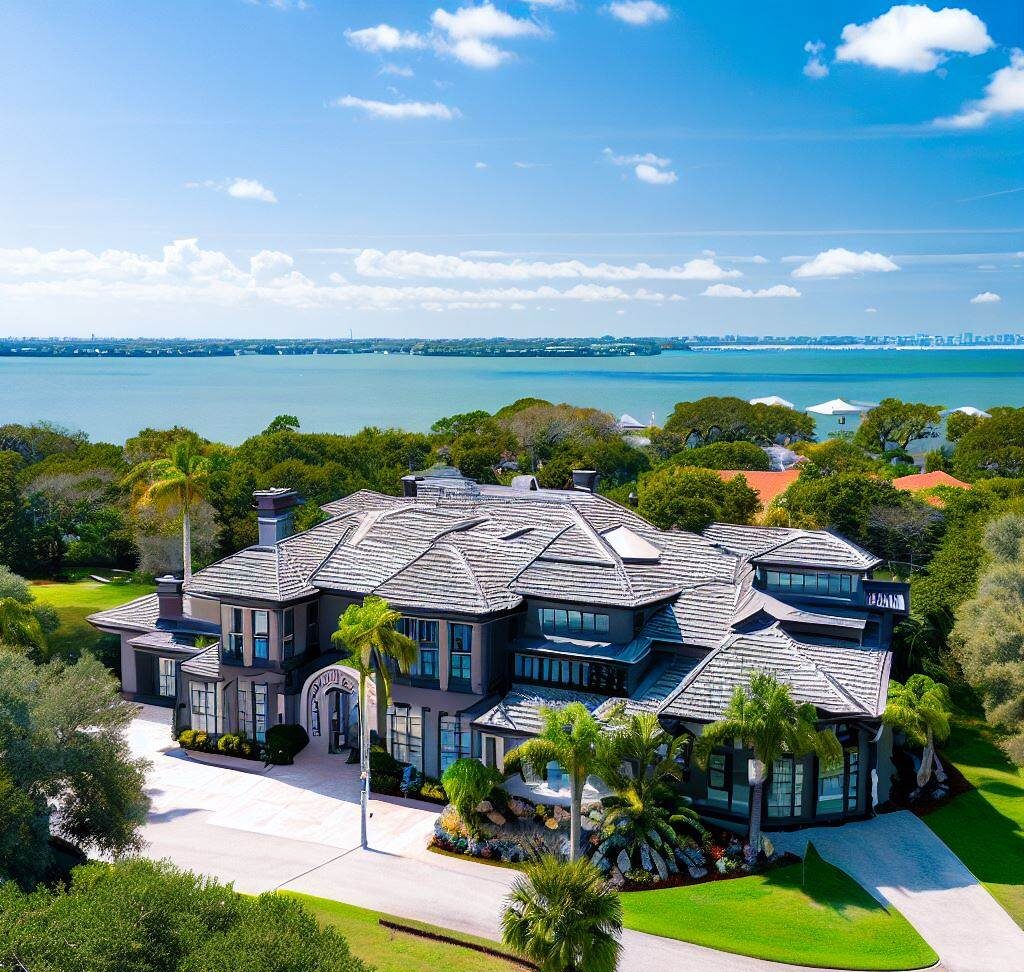Introduction
When it comes to real estate, location has long been hailed as the most important factor in determining the value of a property. However, there are several other hidden factors that contribute significantly to the make a property valuable. In this article, we will explore these lesser-known factors that go beyond location and shed light on their impact on property valuation.
The Role of Amenities and Infrastructure
While location sets the stage, amenities and infrastructure play a crucial role in making a property valuable. Proximity to schools, hospitals, shopping centers, and recreational facilities significantly enhances the appeal of a property. These amenities not only provide convenience to residents but also indicate a higher quality of life. Properties located in areas with well-developed infrastructure, such as good road connectivity, public transportation, and reliable utility services, tend to command higher prices due to the added convenience they offer.
Architectural Design and Quality
The architectural design and quality of construction are often overlooked factors that can greatly influence a property’s value. A well-designed property with attention to detail, aesthetic appeal, and functional layout can significantly enhance its value. High-quality construction materials and craftsmanship contribute to the longevity and durability of a property, making it more attractive to potential buyers. Unique architectural features, such as vaulted ceilings, skylights, or panoramic views, can also add a premium value to a property.
Historical Significance and Cultural Heritage
Properties with historical significance or cultural heritage carry a unique appeal that goes beyond their physical attributes. Historic homes, landmark buildings, or properties located in heritage neighborhoods have a sense of charm and character that sets them apart. Such properties often have restrictions on renovations or alterations, which ensures the preservation of their historical and cultural value. The scarcity of such properties and their intrinsic value in terms of heritage make them highly desirable and, consequently, more valuable.
Future Development Potential
Anticipating future development and growth potential is an important consideration when assessing the value of a property. Areas undergoing urban revitalization or redevelopment projects are likely to experience a surge in property values. For instance, the construction of new infrastructure, business parks, or the expansion of transportation networks can significantly impact property values in the surrounding areas. Investing in properties located in areas with strong growth potential can yield substantial returns in the long run.
Environmental Factors and Sustainability
In recent years, environmental factors and sustainability have gained prominence in the real estate market. Properties that incorporate eco-friendly features, such as energy-efficient systems, green building materials, and renewable energy sources, are increasingly sought after. Buyers are not only attracted to the cost-saving benefits of sustainable properties but also their positive impact on the environment. The integration of sustainable practices adds value to a property and positions it as a responsible and forward-thinking investment.
Security and Safety Measures
Safety and security are paramount concerns for homeowners and property investors. Properties located in low-crime areas or gated communities tend to command higher prices due to the peace of mind they offer. The presence of security features such as surveillance systems, access controls, and well-lit surroundings also contribute to the overall value of a property. Homebuyers and tenants are willing to pay a premium for properties that prioritize safety and provide a secure living environment.
Conclusion
While location remains a crucial factor, it is essential to look beyond it to fully understand the value of a property. Amenities, infrastructure, architectural design, historical significance, future development potential, environmental sustainability, and security measures all contribute to the overall value of a property. Considering these hidden factors when assessing a property’s value can help investors make informed decisions and maximize their returns.
Here are some additional factors that can affect the value of a property:
- View: A property with a stunning view, such as a mountain range, the ocean, or a city skyline, can be worth significantly more than a property with no view.
- Privacy: Buyers are willing to pay a premium for properties that offer privacy, such as those with large lots or those that are set back from the street.
- Landscaping: Well-maintained landscaping can make a property more attractive and can also add value.
- Energy efficiency: Properties that are energy-efficient can save buyers money on their utility bills, which can make them more desirable.
- Pet-friendly features: Properties that are pet-friendly, such as those with fenced-in yards or dog parks nearby, can be more appealing to buyers who have pets.
- Condo amenities: Condos and townhomes that offer amenities, such as pools, gyms, or parking, can be worth more than those that do not.
- HOA fees: HOA fees can be a factor in determining the value of a property. Buyers will be less likely to pay a high price for a property with high HOA fees.
- Taxes: The property taxes on a property can also affect its value. Buyers will be less likely to pay a high price for a property with high property taxes.
It is important to consider all of these factors when determining the value of a property. By taking the time to assess all of the factors that can affect value, you can make an informed decision about whether or not to purchase a particular property.


Pingback: Beyond Location: 7 Underrated Factors That Affect Property Value | Chikara Realms